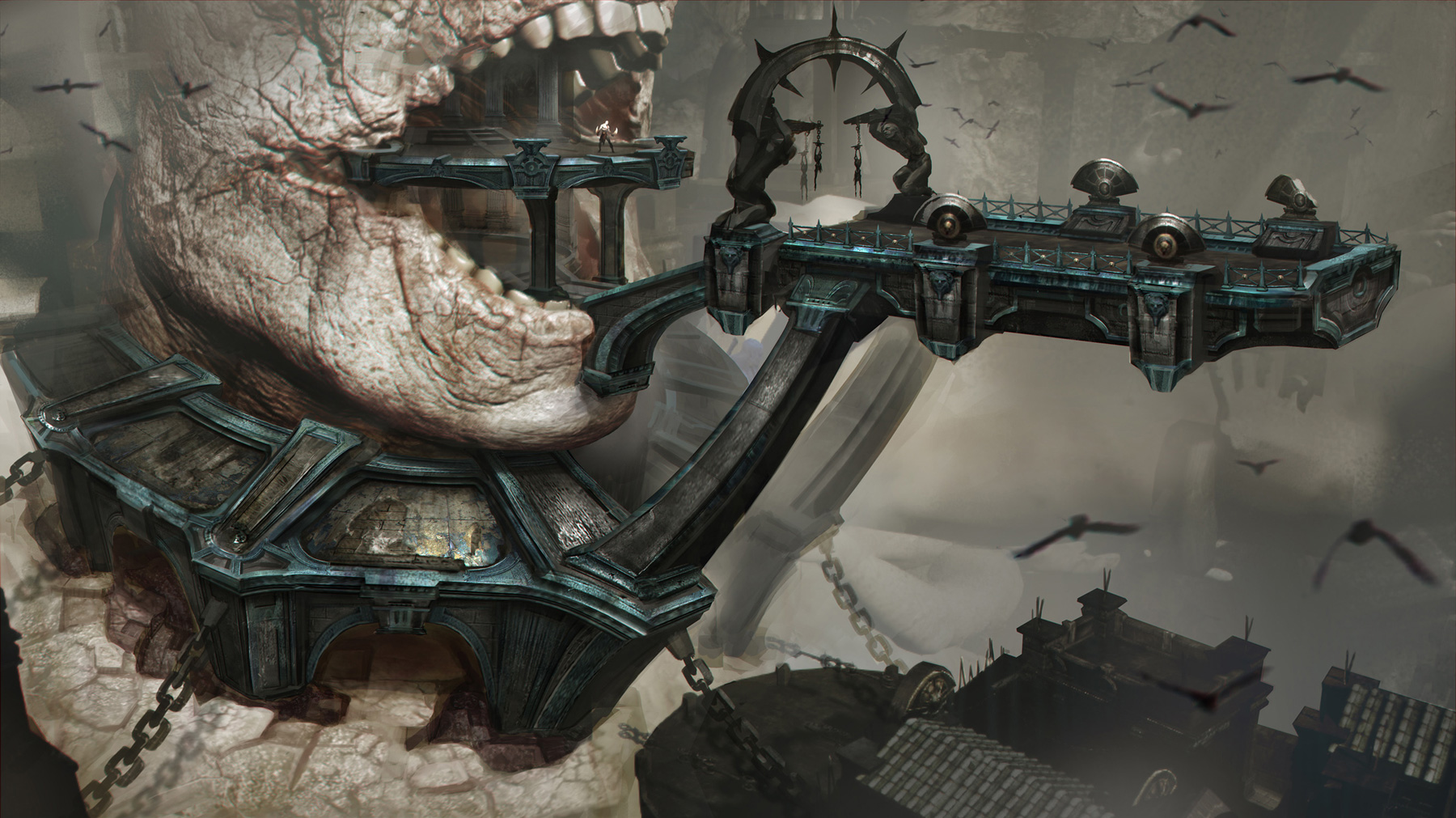
The agreed price was 94,000 silver marks (1 mark = 8 ounces). In 1198, Pope Innocent III cut a deal with Venice to build a fleet of 500 ships and take 33,500 crusaders to the Holy Land to fight the Muslim armies of the Sultan Saladin. In 1453, the Muslim invasion of Mehmet II took the city and in the following 295 years, Venice lost almost everything to the onslaught of the Ottoman Turks. The Signoria (ruling congress) of Venice always knew the Pope would come back to them pleading for funds or ships.Īlthough Venice was a wealthy merchant city by the 11 th century, it was the 4 th Crusade and the Sack of Constantinople in 1204 that filled the coffers and made the jump from local power to world power.Īctually, the birth and death of the glory of Venice was tied to Constantinople.

She had no moral restrictions when it came to making a profit and her trade with Muslims and attacks on Christian Republics got her excommunicated several times from the Catholic Church. The Republic of Venice was more like a corporation than a Republic. In the 17 th century the Dutch, English and French joined the age of discovery and by the 18 th century Venice was sold off to the Austro-Hungarian Empire by Napoleon, a sad end to a once great empire. Portugal and Spain discovered new routes to India and the New World. She controlled the world’s trade of pepper, ginger, cinnamon, cloves, silk, flax, cotton, wool, furs, olives, sugarcane, lemons, oranges, figs, almonds, dates, musk, ivory, pearls, incense, exotic wood, iron, military arms and eventually slaves.īy the 16 th century it was all coming to an end. The Republic of Venice was so obsessed with it’s maritime livelihood that every Ascension Day, the Doge would sail to the mouth of the lagoon in his ceremonial Golden boat, the Bucintoro and reaffirm the marriage vows of Venice to the Sea.įrom the simple beginnings as eel trappers, salt panners and bargemen these settlers of the lagoons eventually turned Venice into the wealthiest merchant city in the world. She was known as ‘La Serenissima’, ‘Il Stato da Mar’ and ‘La Dominante’. The Crusade of 1204 – Domenico Tintoretto 17th centuryįrom the 11 th-16 th centuries, Venice was the Master of the Sea, the Merchant to World and the greatest Naval power in Europe.


 0 kommentar(er)
0 kommentar(er)
